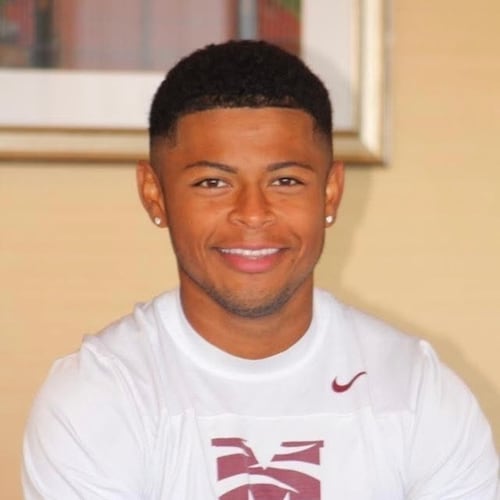When my children began elementary school, not only could parents stroll into the building, wildlife could, too.
The school didn’t have air conditioning, so the front door was sometimes ajar in the warm weather, allowing a neighborhood cat to roam the halls to the delight of students. The orange feline would strut past the office, rub up against a few legs and enjoy the adulation.
Today, an uninvited cat would be netted and sent off to the pound.
Since the oldest of my four children started school two decades ago, things have changed: Schools don’t let just anybody enter, and that includes parents. And what happened Tuesday at Ronald E. McNair Discovery Learning Academy in DeKalb County — where a 20-year-old man with an AK-47-style rifle threatened to kill cops before a bookkeeper talked him into surrendering — explains why the increased security is necessary.
In one of my favorite books, the narrator gazes down at his newborn and realizes, “From this time on, I can never be completely happy.”
Because he can never be totally sure that his child is safe, that some unforeseen, unpredictable danger won’t descend, leaving him helpless to intervene.
Children bring both endless joy and stress to our lives. I loved watching my four kids toddle off when they were young, but they remained safely within my reach if they stumbled. Now, they walk off each day on their own, out of my reach.
And I have to accept, as the drama at McNair proves, that I can never completely protect my children.
But we try, parents and schools. Now, I have to be buzzed into my children’s schools. At one school, visitors were inspected via a camera and interrogated via intercom before being granted admission, making me quickly smooth down my hair, straighten my collar and smile placidly, so as to appear absolutely harmless. My children reassured me that I would never be mistaken for anything but a middle-age mother with a late permission slip.
Much changed in American schools after the Columbine High shootings in 1999 when two students armed with shotguns, handguns and bombs slaughtered 12 students and a teacher and wounded 23 others before killing themselves.
In response to Columbine and other attacks, schools that had operated as open campuses turned into fortresses. They mandated that students carry IDs and outlawed backpacks in the corridors. They installed metal detectors and security cameras. My older children's middle school came to feel like a maximum security prison. I half expected to be frisked after I was buzzed into the building.
Today, 84 percent of high schools, 73 percent of middle schools and 51 percent of elementary schools report that they used security cameras to monitor their schools, according to the National Center for Education Statistics. More than 90 percent lock their doors.
And a new activity has become part of the back-to-school routine: Lockdown drills where students and teachers are confined to their classrooms in a simulated response to a threat.
That threat became a terrible reality last year for an elementary school in Newtown. Ct. An intruder armed with automatic weapon massacred 20 young students and six staff members at Sandy Hook Elementary School, forever changing the town and the nation.
Suddenly, I and other parents looked around their children’s schools and wondered, “Where could my kids hide if it happened here?” Locally, Clayton County created its own school police force, and Forsyth and Cobb counties installed electronic locks at all elementary schools.
Of course, locked doors keep out more than intruders. Long gone are the days in my system when parents would pick up their kid at the classroom door and talk informally with teachers. Or come by early to ask the librarian for advice on new children’s books.
When my youngest children, twins Becca and Joey, were in elementary school, my husband had a regular Friday morning ritual. He’d get to school early and play trumpet as the kids arrived while another school dad comped Dave Brubeck tunes on the piano in the foyer. The music would pour out the open door and into the neighborhood where most parents walked their kids to school and lingered afterward to chat.
The twins started high school this month, and they no longer need someone to walk to them to school. So, we make our farewells at the front door, where I send them off with a list of admonishments. “Don’t cut through the neighbor’s yard.” “Careful crossing Candler Road.” “No dilly-dallying at Chick-fil-A.”
And I send them off with a silent entreaty: “Let them and every child be safe today at school.”
About the Author
Keep Reading
The Latest
Featured


